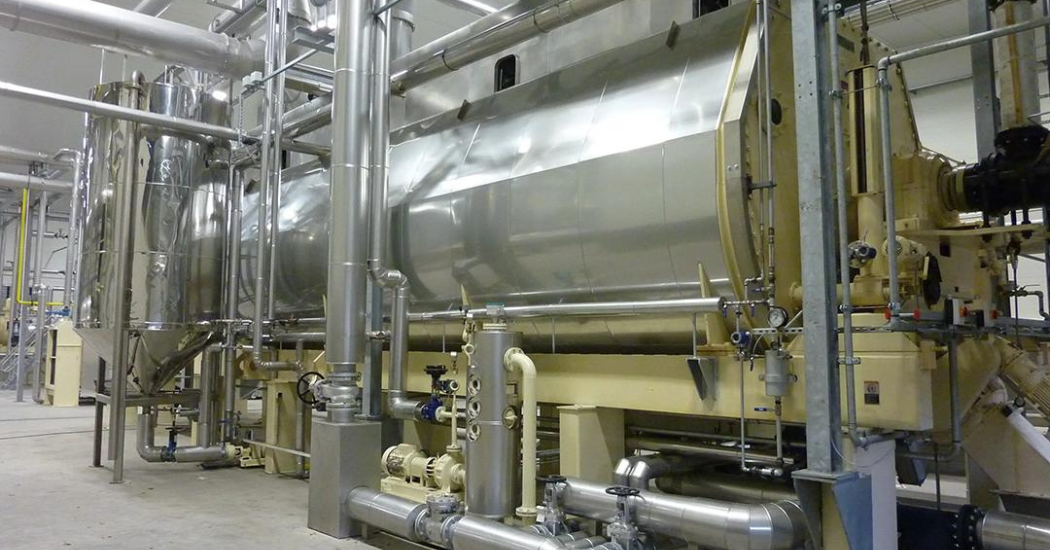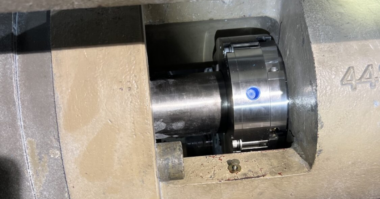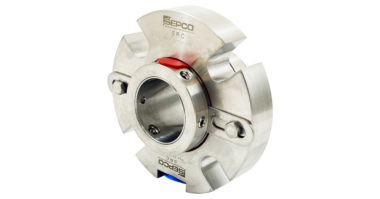Compression packing is an essential component of the machinery and equipment used in various industrial processes, including animal rendering plants. These facilities are responsible for processing poultry by-products and waste materials, transforming them into valuable products such as animal feed, biodiesel, and other materials. The efficient and safe operation of rendering plants relies on properly functioning pumps, hydrolyzers, and compression packing plays a pivotal role in this context.
1. Leakage Control:
The primary function of compression packing is to control and minimize leakage from pumps. In rendering plants, the transported materials can be diverse and may include animal fats, proteins, bone meal, and other by-products. Some of these materials can be caustic or contain potentially harmful substances. Leakage of these materials results in product loss and can contaminate the surrounding environment.
- Caustic Materials: Rendering plants often deal with caustic materials, which can be highly alkaline and corrosive. Packing must effectively seal caustic fluids to prevent leaks that could damage equipment and pose safety hazards to workers.
- Poisonous Gases: In addition to caustic materials, rendering plants may produce or handle gases, such as Hydrogen sulfide (H₂S), that can be poisonous or toxic if released into the atmosphere. Proper packing helps prevent the escape of these gases, ensuring the safety of workers and the surrounding community.
2. Efficiency:
Efficient operation is crucial in any industrial setting, and rendering plants are no exception. Properly functioning compression packing contributes to the overall efficiency of the pumping system.
- Reduced Friction: When compression packing is in good condition, it helps reduce friction and wear within the pump, allowing it to operate more efficiently. This translates into energy savings and reduced operational costs.
- Minimized Downtime: Well-maintained packing reduces the need for frequent repairs and replacements. Packing, as opposed to mechanical seals, requires very little time for installation; mechanical seals must be removed and then repaired or replaced. This means less downtime for maintenance, ensuring that production processes can continue smoothly.
3. Product Quality:
In rendering plants, the quality of the materials being transported and processed is critical. Compression packing plays a crucial role in maintaining the integrity of these materials.
- Material Contamination: Contamination of materials can affect the quality of the final products, such as animal feed. Effective compression packing helps prevent mixing different materials, ensuring the end products meet quality standards.
4. Cost Savings:
Proper packing maintenance and functionality can lead to cost savings in multiple ways.
- Maintenance Costs: Frequent pump repairs and replacements due to packing failures can be expensive. By ensuring the longevity of compression packing, rendering plants can reduce maintenance costs over time.
- Operational Costs: Efficient pumps with well-sealed packing require less energy, contributing to reduced operational expenses.
5. Safety:
Safety is a top priority in rendering plants, where handling potentially hazardous materials is common. Compression packing plays a vital role in maintaining a safe working environment.
- Worker Safety: Leakage from pumps can create slip hazards for workers and expose them to potentially harmful materials. Properly sealed pumps enhance workplace safety by minimizing these risks.
- Environmental Safety: Rendering plants must adhere to environmental regulations and standards. Escaping caustic or poisonous materials into the environment can result in regulatory violations and environmental damage. Effective packing helps prevent such incidents.
Sealing Caustic and Poisonous Gases:
In addition to sealing caustic fluids, rendering plants may need to address the containment of poisonous or toxic gases. The handling and processing of organic materials in rendering plants can produce gases like ammonia, hydrogen sulfide, and methane, which can be harmful if released into the atmosphere. Proper sealing mechanisms are essential to manage these gases effectively.
- Material Selection: Choosing the correct packing materials is crucial when dealing with caustic and poisonous gases. Specialized packing materials that are resistant to chemical corrosion and designed for gas containment are typically used.
- Tight Sealing: The packing must provide a tight seal to prevent gas leakage. Compression-style packing arrangements often achieve this goal, allowing for adjustable compression to maintain an effective seal.
- Regular Inspection and Maintenance: Regular inspection and maintenance are essential to ensure the continued effectiveness of compression packing in sealing gases. This includes monitoring for wear and tear, adjusting compression as needed, and replacing packing when it becomes worn or damaged.
- Safety Protocols: Rendering plants should have safety protocols in place for handling and managing poisonous gases. This includes proper ventilation systems, gas detection equipment, and emergency response procedures in case of gas leaks.
- Compliance with Regulations: Compliance with local, state, and federal regulations regarding the handling and containment of caustic and poisonous gases is imperative. Rendering plants must stay updated on relevant regulations and ensure their equipment and procedures meet these requirements.
Compression packing is a critical component in the operation of rendering plants, serving multiple vital functions, including leakage control, efficiency improvement, product quality assurance, cost savings, and safety enhancement. In environments with caustic and poisonous materials, such as rendering plants, sealing these materials and gases is extremely important to protect workers, the environment, and overall operational integrity. Proper selection, maintenance, and adherence to safety protocols are essential to achieving effective compression packing and gas containment in such facilities, ultimately ensuring their continued success and compliance with regulations.





Comments